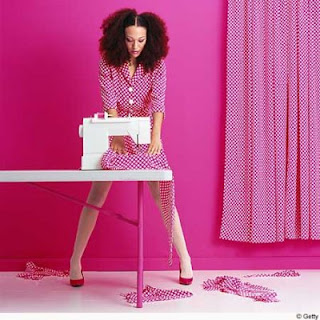In order to see relation and or see a difference, you have to compare and contrast. It requires more than one thing to compare and contrast. It can be anything you want. When you compare and contrast you find how things are the same, or different. You make a connection between them. Even certain things can be completely different, but there is always some sort of similarity, even if it’s not a major similarity. It can be change over time, or 2 different objects.
Today, I want to compare and contrast something we actually sketched in class, the iconic character of Hello Kitty.
Compare from the first picture of Hello Kitty from 1974 to present year, 2010. You can easily see they are the same character. They have the same basic shape of the kitty in overalls, and the bow. Hello kitty became popular when it first came out, and it still is the most recognized character. They both still holds the same purpose. Hello Kitty has always been an iconic image that is most popular amongst girls.
Contrasting both Hello Kitty then and now, you can easily see a difference of how the character is designed from the past, and then altered a little now. It has definitely become more appealing to the audience and more simplified, as we became more modern. The iconic image of Hello Kitty has expanded universally, and she has become appealing to all types of ages now. From little girls, to adult women, she is an icon that has changed a little over the years. But, her character is still the same no matter how different she may seem to look, compared to the first images of her.
The relation between time and change, to compare and contrast, is finding a connection. You can always find similarities and differences in things, it just takes a little bit of thinking.





















